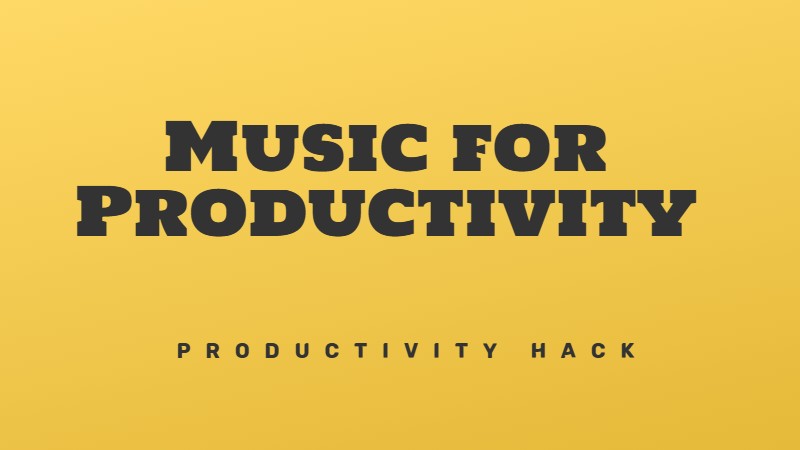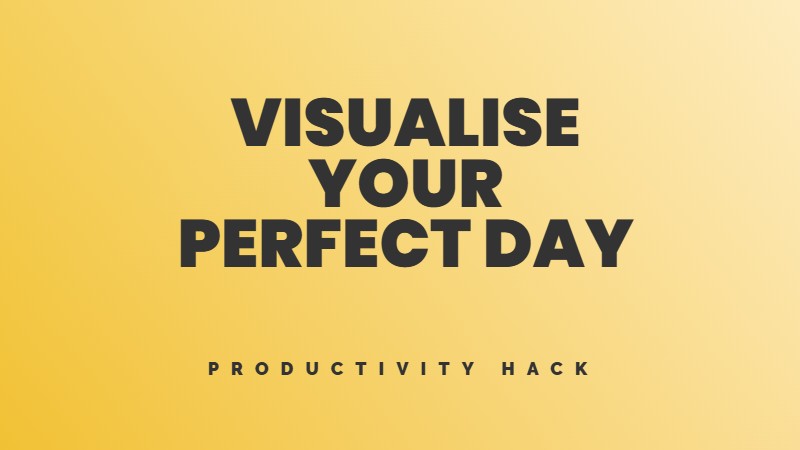The human brain is wired to latch onto unfinished tasks. Loose ends nag at us and create a mental itch we instinctively want to scratch. This psychological phenomenon, known as the Zeigarnik effect, is why cliffhangers are so compelling and why we need closure.
But what if we could harness this psychological drive not just to binge-watch Netflix, but to turbocharge our productivity?
To go far, you need to know when to stop.
The Hemingway effect
Do you struggle to finish projects or maintain motivation? The legendary writer Ernest Hemingway used a simple productivity hack to help you work smarter. It’s called the Hemingway effect.
How to apply the Hemingway effect in your work
When you’re in a good flow state and know what needs to happen next, stop working. That’s right – resist the urge to push through and instead, walk away when you hit a natural stopping point that leaves you eager to return.
The key is to reframe interruptions in your work as opportunities to stoke your motivation. Done right, strategic pauses will have you itching to pick up where you left off.
Hemingway explained it like this:
The best way is always to stop when you are going good and when you know what will happen next. If you do that every day … you will never be stuck.
The psychology of unfinished tasks
Leaving things unfinished might sound counterintuitive, but it taps into a quirk of human psychology researchers call the Zeigarnik effect. When we have an incomplete task, it creates psychological tension, making the task stick in our minds. That tension motivates us to come back and finish what we started.
But not all interruptions are equal. The Ovsiankina effect shows that unfinished tasks we’ve already invested in are far more likely to intrude on our thoughts compared to tasks we haven’t begun.
Strategic pauses
Strategically pausing work at interesting moments when you have momentum makes it easier to get started next time, with less risk of procrastination or mental blocks. You’re harnessing your mind’s natural tendencies.
Modern studies back this up, finding that unfinished Friday tasks can make it hard to relax on weekends. But making a little progress before stopping work restores a sense of control and improves detachment.
Bottom line
Never work until you’re totally drained. Always “leave a little for the next day,” as Hemingway advised. Plan your stopping points so you wrap up at a moment that sparks curiosity and leaves a clear next step.
This keeps your projects fresh and enticing, even as you rest, recharge, and live your life. It’s not about sacrificing wellness for productivity – it’s about maximizing both by working with your psychology, not against it.
Remember the Hemingway effect next time you’re tempted to grind yourself down. Embrace strategic pauses and unfinished progress. Counterintuitively, sometimes, the best way to finish things is to stop before you’re done.




Leave feedback about this